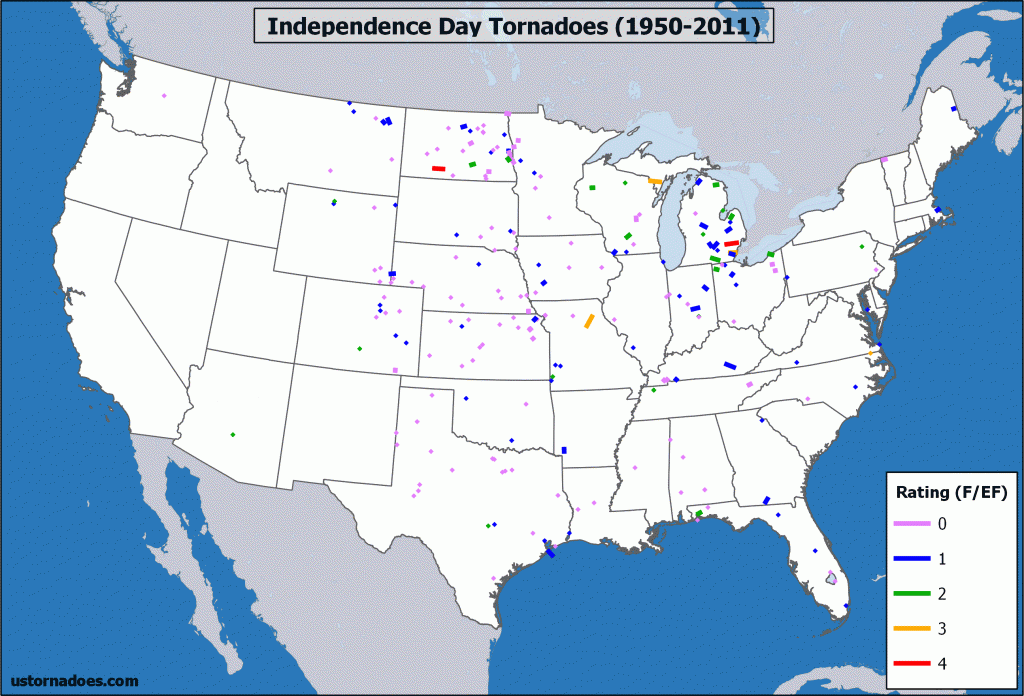
If you’re into finding a holiday tornado, July 4 is likely one of your best bets given its residence in the center of the warm season. Since 2000, only 2005, 2007, and 2008 have seen no tornado touchdowns on the Fourth. In the most recent 20 years, 85 percent of Independence Days saw at least one.
222 tornadoes have been documented on the day since 1950. As we might expect given July’s tornado climatology, parts of the northern and central Plains, as well as the Great Lakes region, appear “favored” to see a July 4 tornado.
The last July Fourth tornado happened just last year in north-central Minnesota on what was a fairly active severe weather day based on SPC reports.
Much like the overall tornado record, F/EF0 and F/EF1 tornadoes comprise roughly 80 percent of Independence Day events. There have been 28 strong tornadoes, the majority of which were ranked as 2s. Additionally, 17 have no known rating — likely weak.
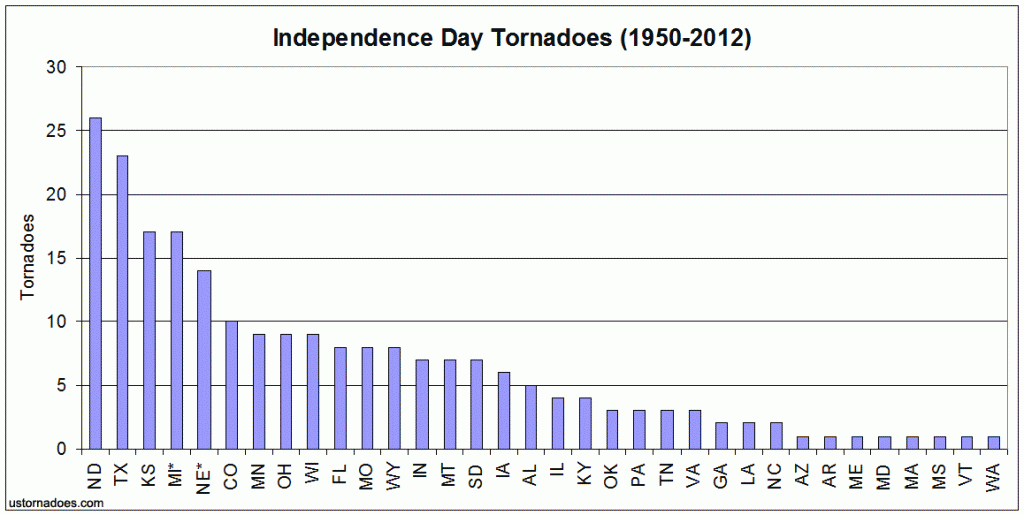
There have been two violent tornadoes on July 4:
- July 4, 1957 – An F4 struck southeast Michigan, passing through the northern suburbs of Detroit, and injuring 11 people. There were 10 tornadoes reported that day (and likely more unreported). A majority of those tornadoes were strong, with activity centered on the Great Lakes and Ohio Valley.
- July 4, 1978 – An F4 traveled 26 miles through rural North Dakota during a severe weather outbreak in the northern Plains. Unfortunately, it found a path along a highway and impacted several towns. Coined the “Elgin Tornado” after the town which took the most extensive damage, it was responsible for 5 fatalities and 35 injuries. It is the deadliest Independence Day tornado and one of the deadliest in North Dakota’s modern history.
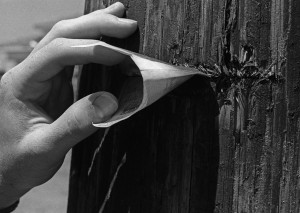
Besides the 1978 North Dakota tornado, the only other to cause death on Independence Day occurred in 1970 in Travis County, Texas. 23 July Fourth tornadoes have caused injuries.
July 4, 1995 holds the record for the most Independence Day tornadoes with 15. 1978 (14), 1957 (10), 1994 (10) round out the group featuring 10 or more. More recently, 2010 ranks 6th with 8 and 2011 ranks 7th(tied) with seven.
Interestingly, the top end events for the day are not all that high (fewer than Christmas for example). July is often known for its consistency in lower numbers on a semi regular basis — partly thanks to much of the U.S. being fair game in the period — rather than the feast or famine of some other months.
Data sources include the Storm Prediction Center and the Tornado History Project.
Latest posts by Ian Livingston (see all)
- Top tornado videos of 2023 - January 1, 2024
- March 31, 2023 tornado outbreak videos - March 31, 2023
- Top tornado videos of 2022 - December 31, 2022
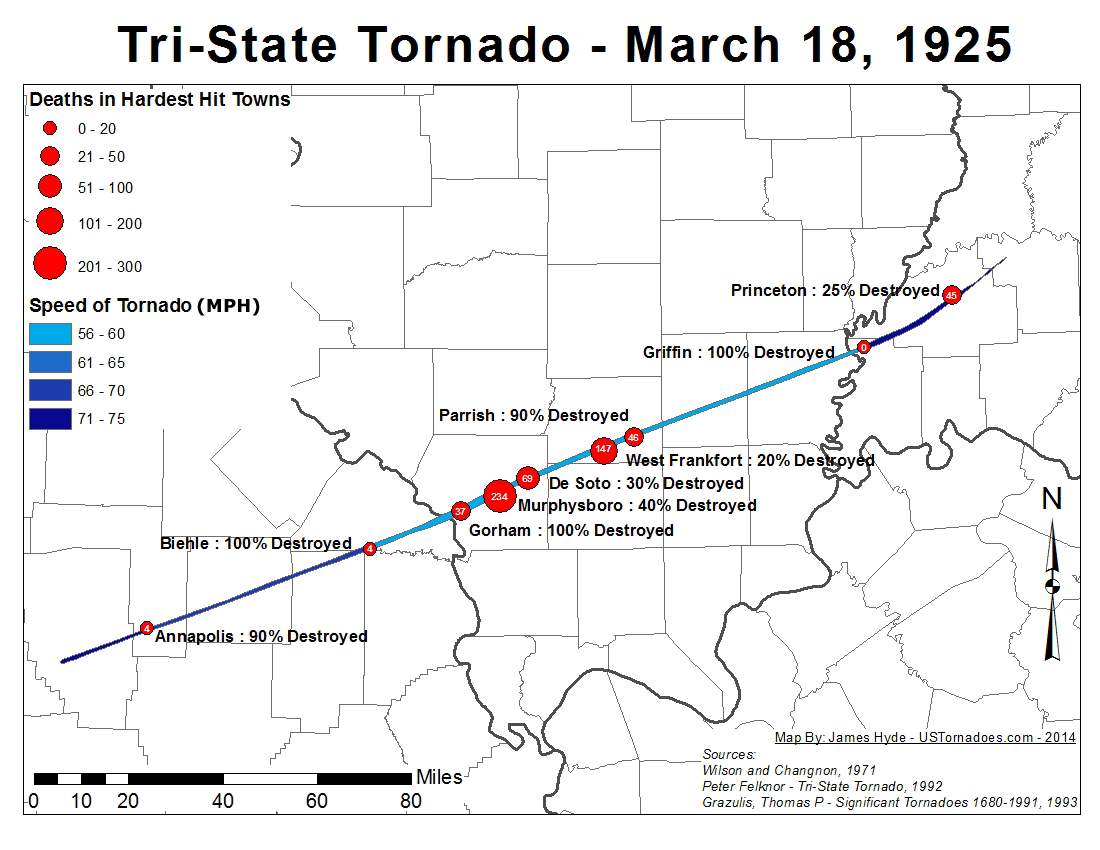
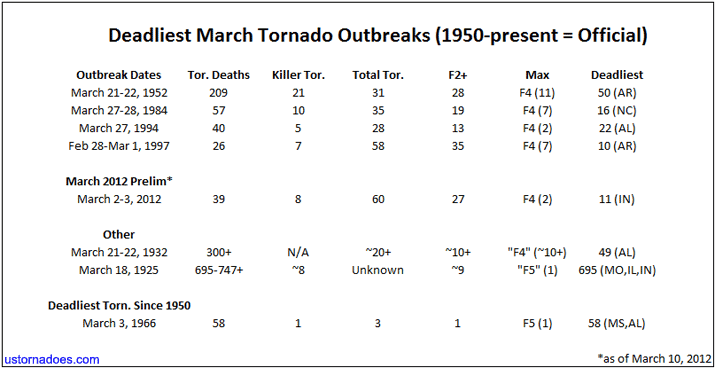
I was very fortunate that the F4 Michigan tornado occurred on July 4. My Dad normally worked swing shift but was home that evening due to the holiday. My Mom was from Canada and had no idea what it meant when the violent storm outside suddenly went quiet. My dad got my Mom and me into the basement just in time. There was no damage to the house but it could have been a very different story. My Mom, BTW, says that 3 tornados went by that night – back to back.